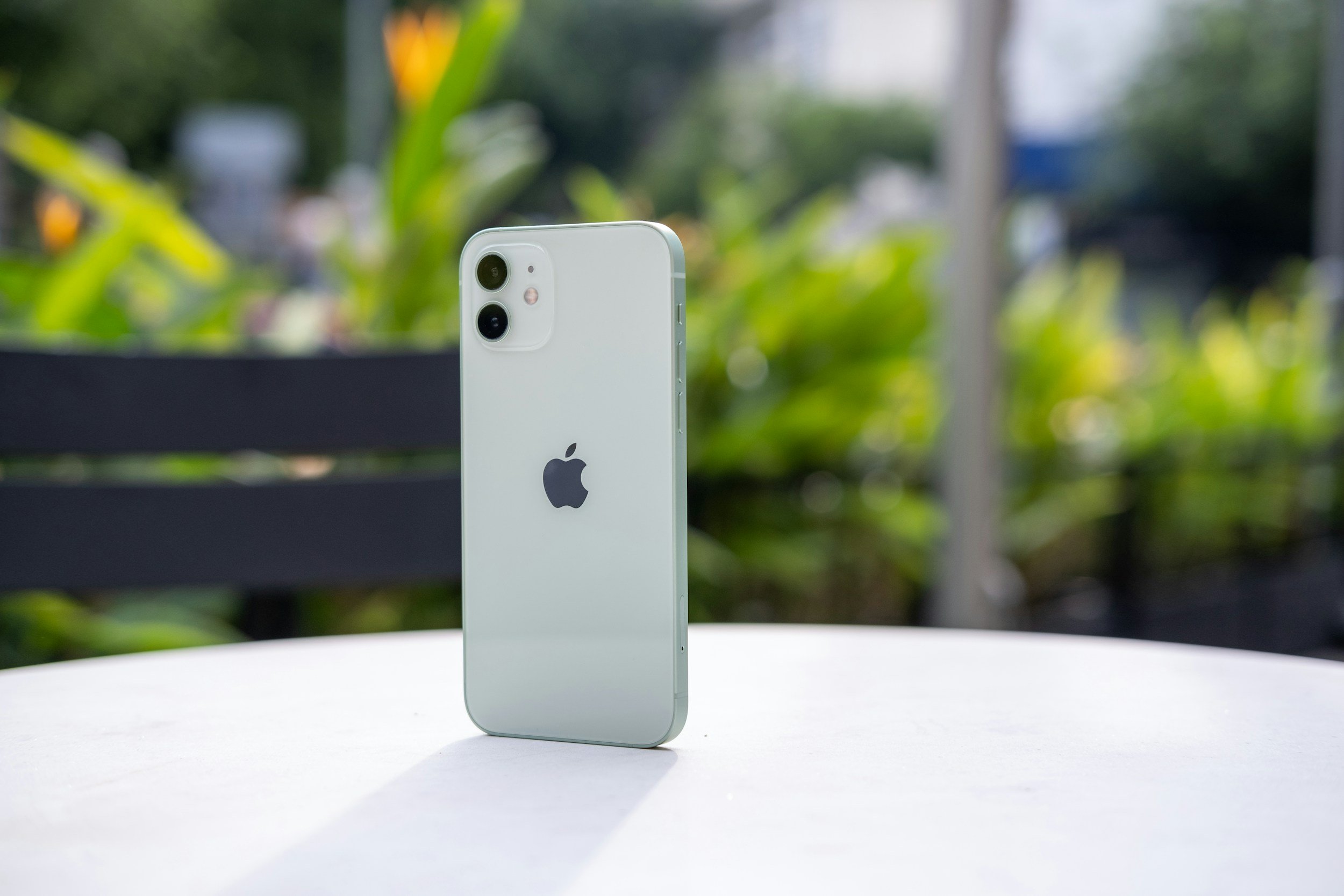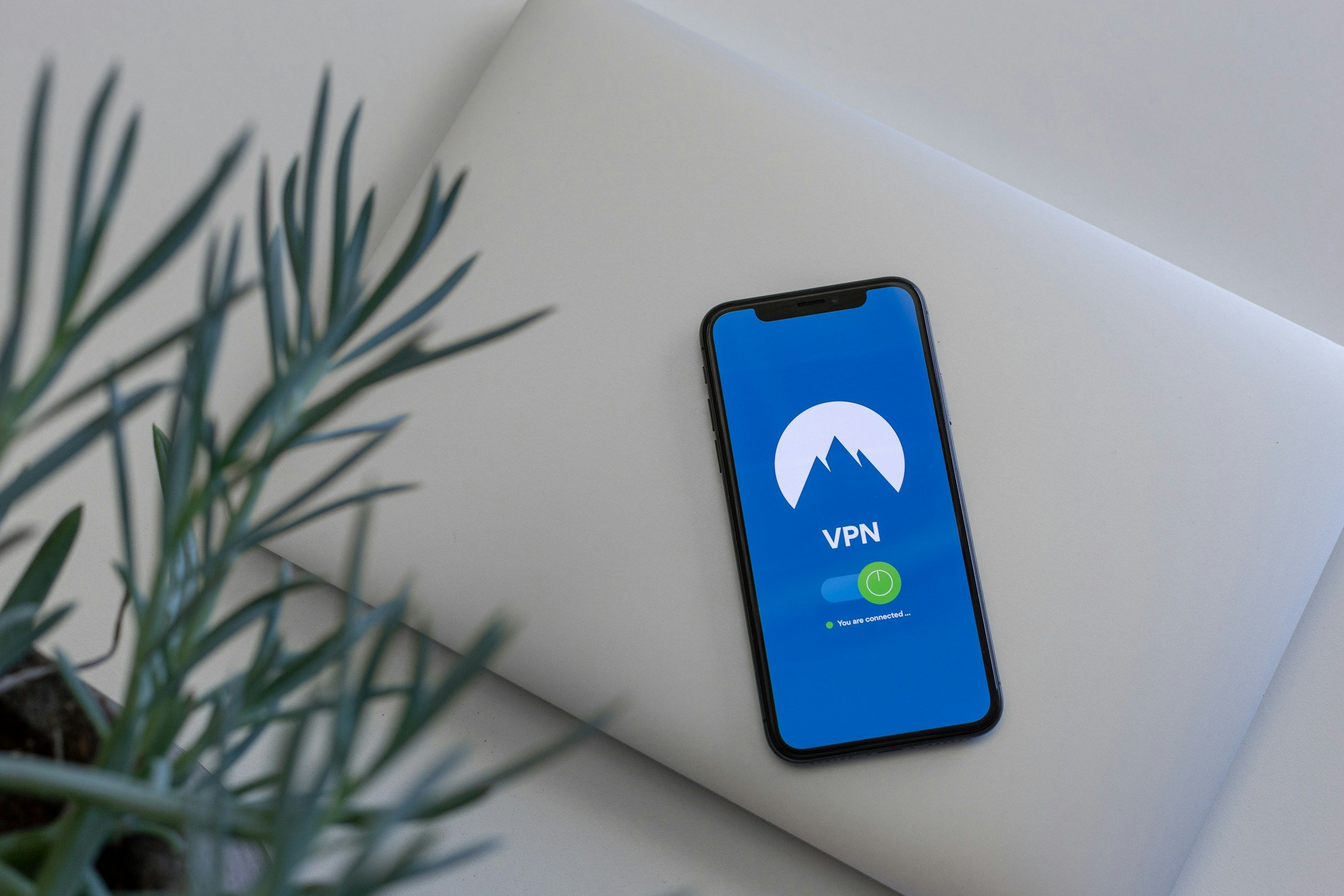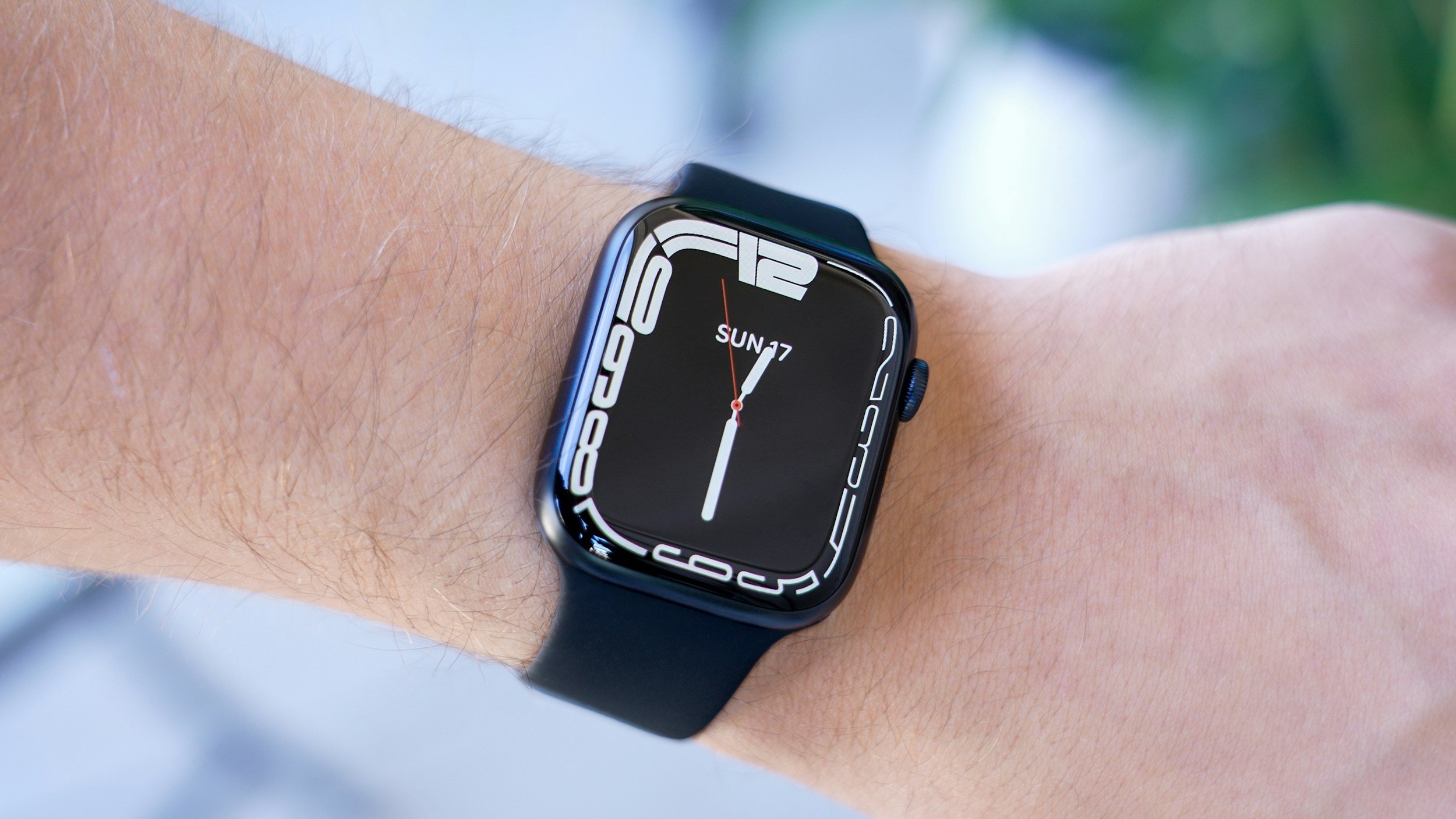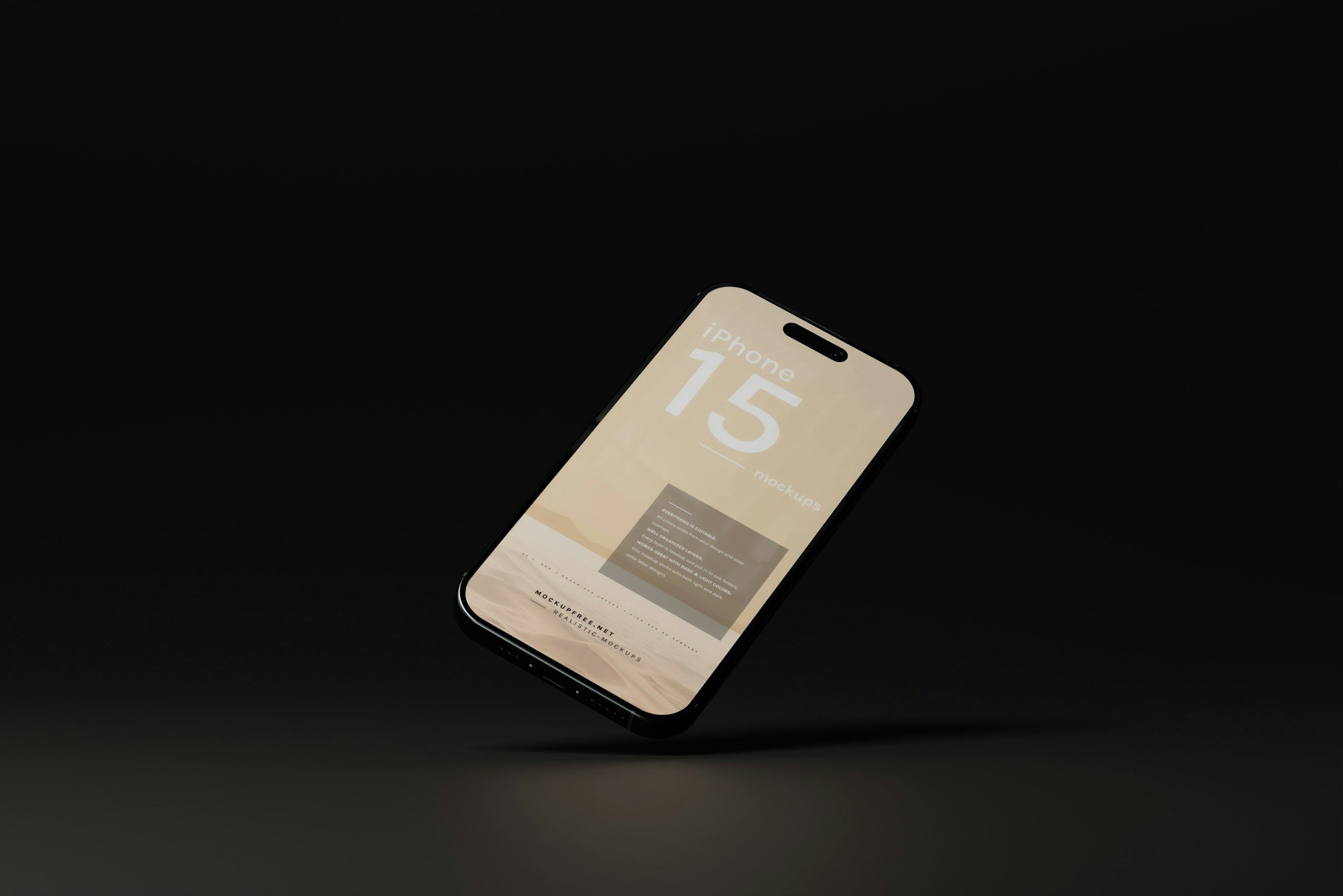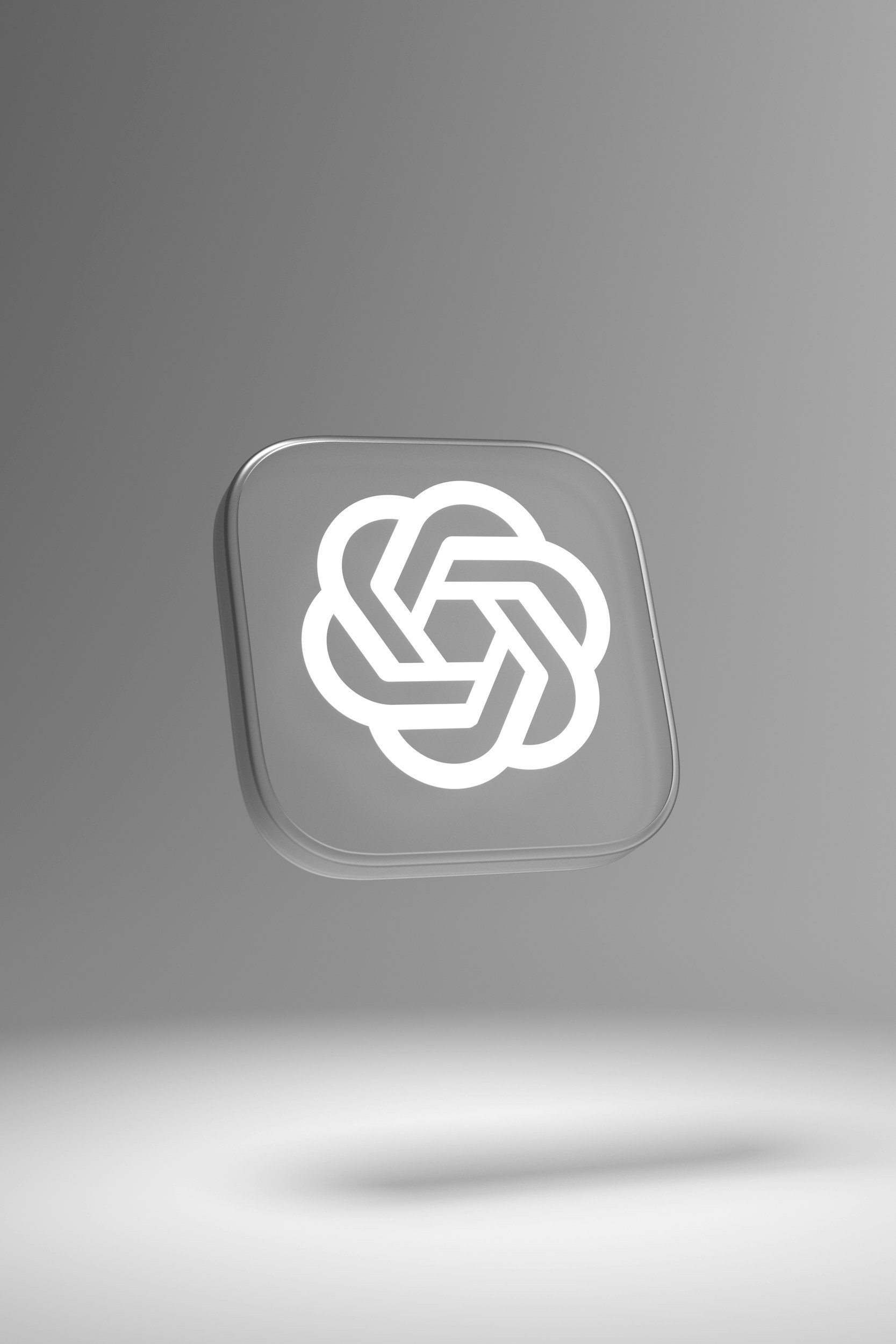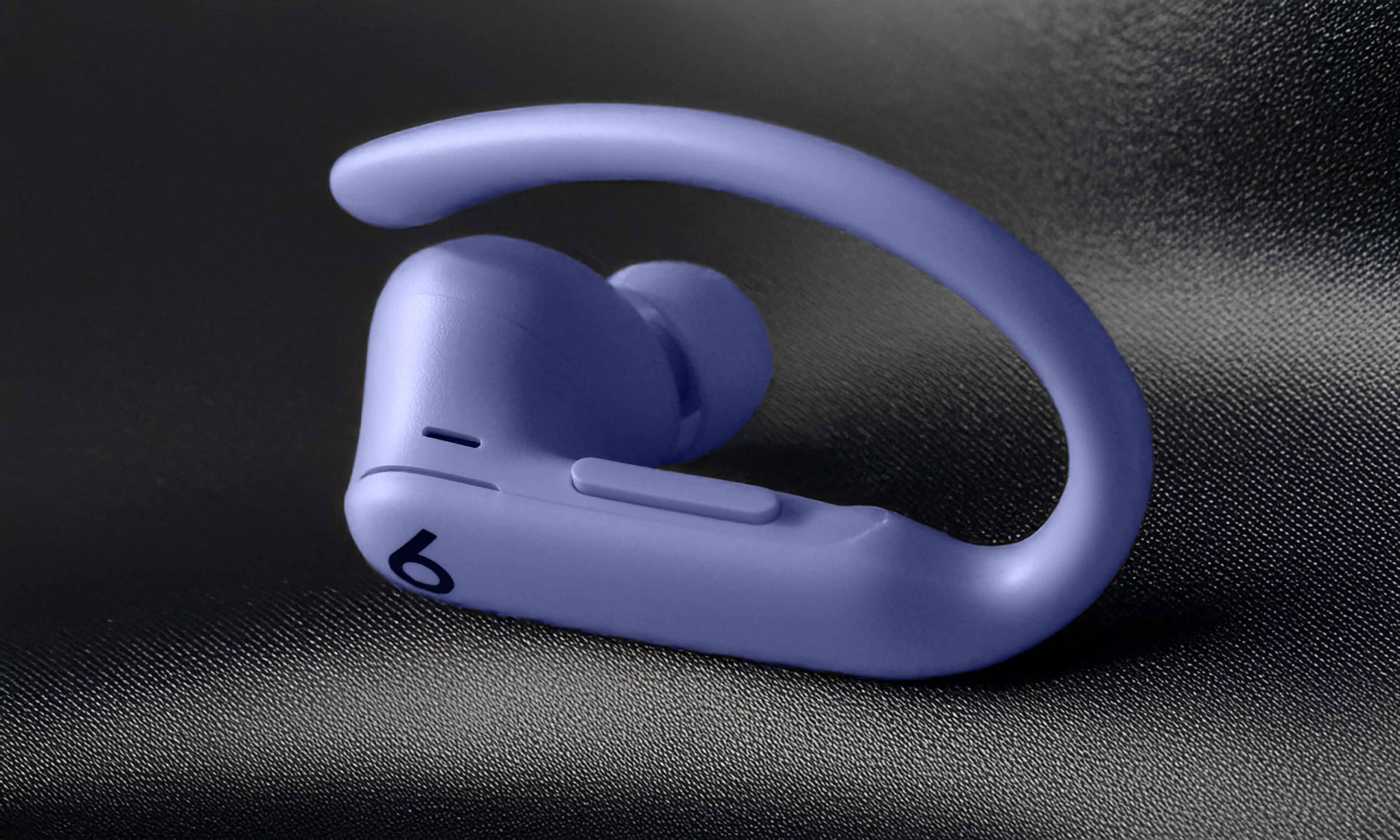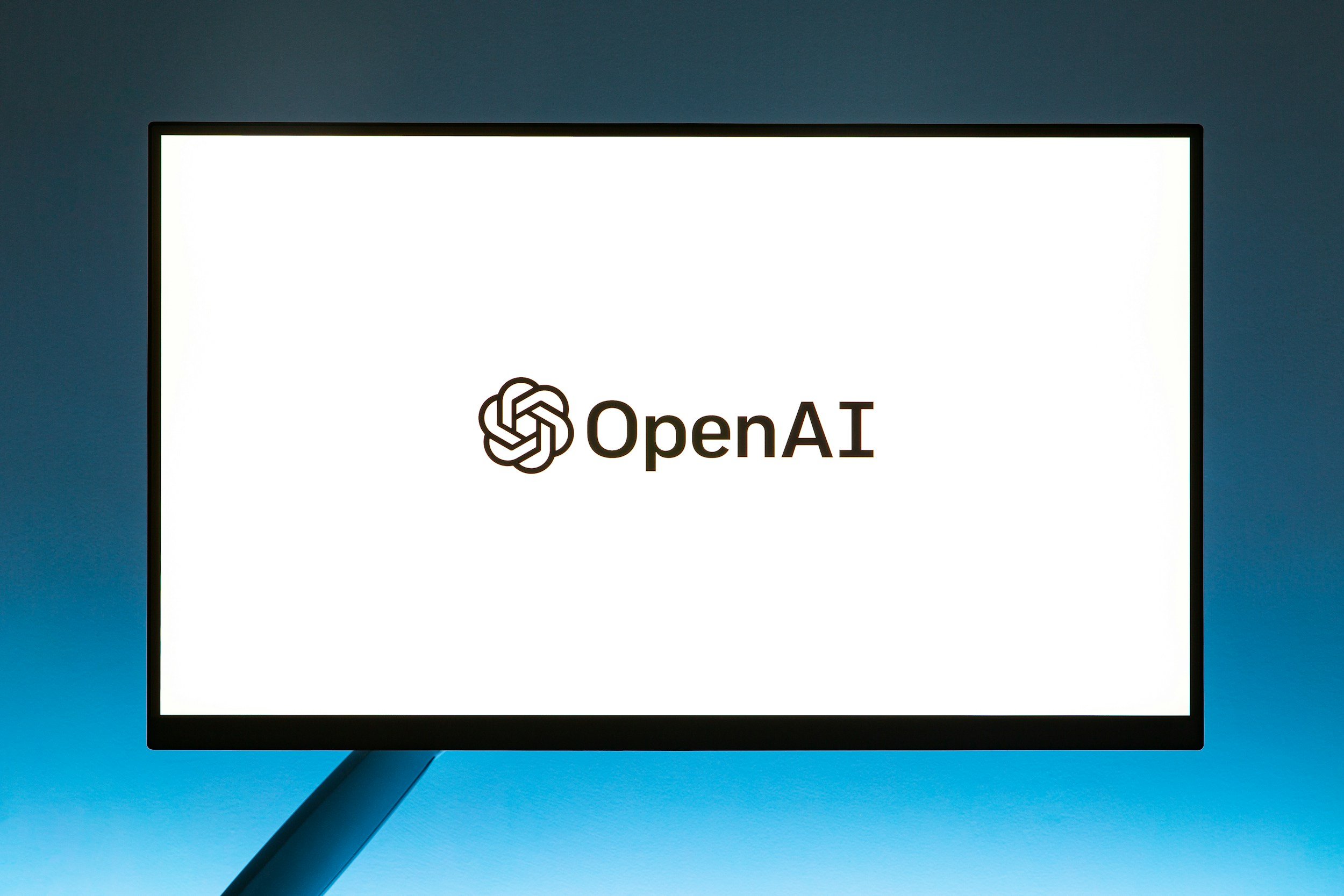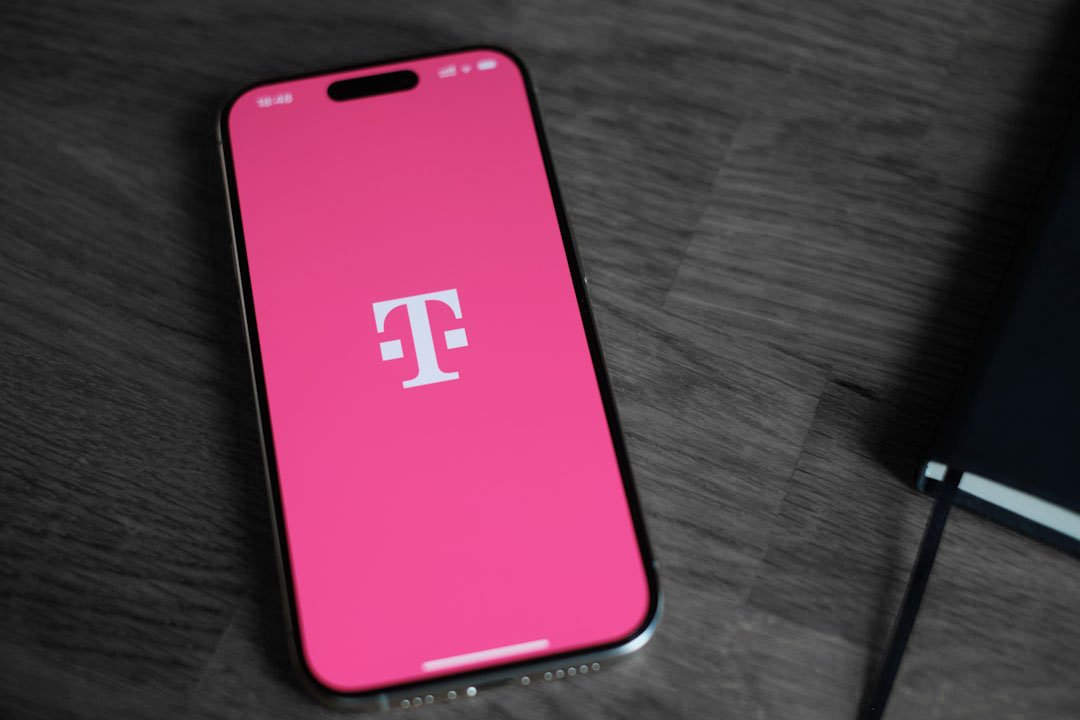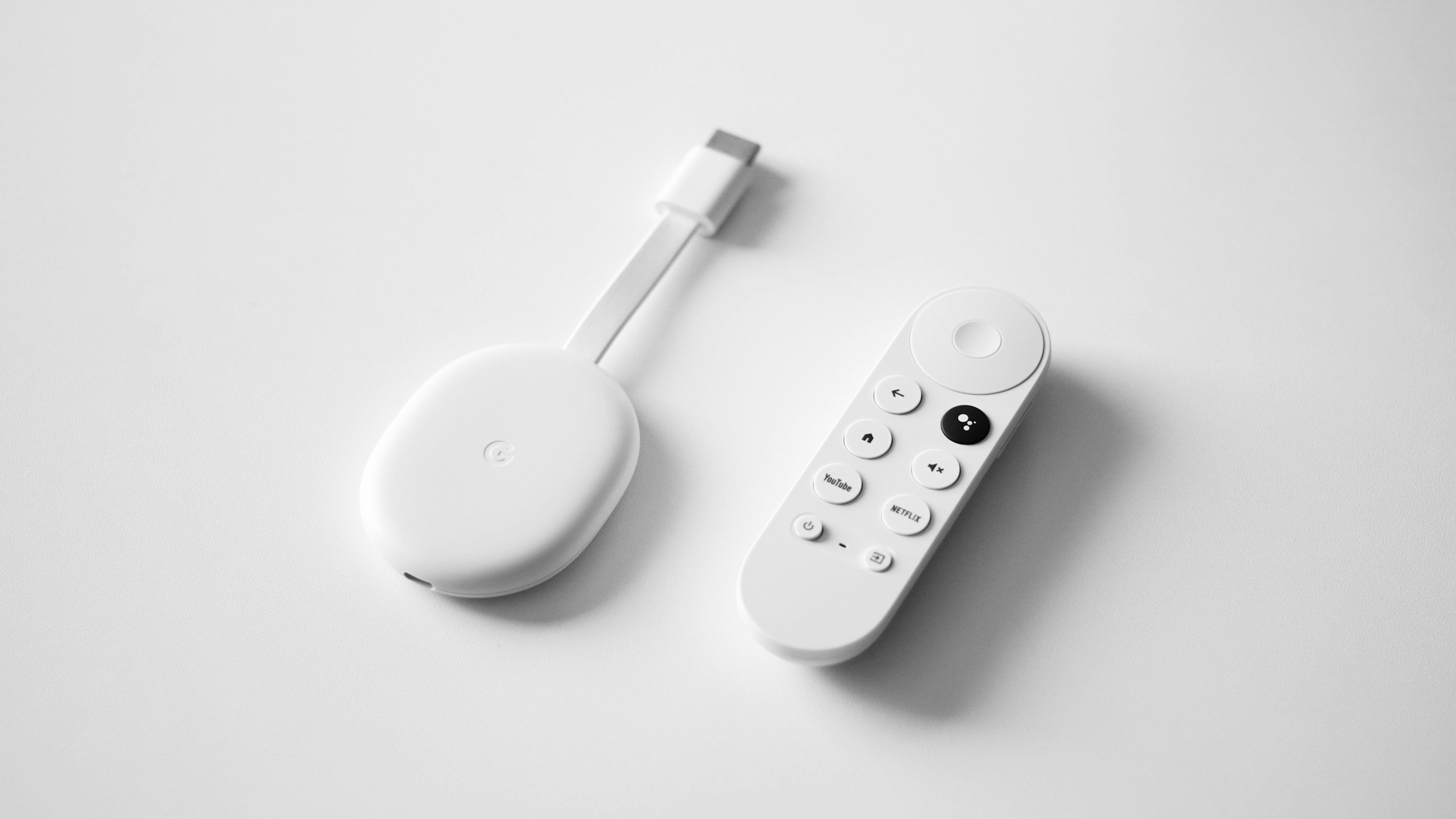Does the iPhone 12 Have eSIM? – Everything You Need to Know
When you purchase through links on my site, I may earn an affiliate commission. Here’s how it works.
Table of Contents Show
If you're reading this, you're probably wondering if the iPhone 12 can use an eSIM. Well, I'm not one to keep you in suspense, so the answer is YES!
And the best part? Every single iPhone 12 model, from the mini to the Pro Max, supports eSIM.
Now, you might be wondering how to set it up, what the benefits are, and what to do if you run into any issues. Let’s find out!
What Is eSIM?
Simply put, it's a SIM card, but not the kind you're used to popping out with a paperclip. It's a digital SIM, embedded directly into your iPhone 12's hardware. Think of it like a virtual version of that little chip that connects you to your carrier's network.
The beauty of eSIM is that it eliminates the need for those physical SIM cards altogether. No more swapping them out when you switch carriers or travel abroad. And believe me, that's a game-changer, especially for those of us who are constantly on the go.
With eSIM, you can activate a cellular plan with just a QR code or a few taps in your phone's settings. And because it's software-based, it opens up a whole new world of possibilities.
You can have multiple plans on the same phone, seamlessly switching between them for different purposes. You can even download a local data plan when you're traveling, avoiding those pesky roaming charges.
Convenience is just the tip of the iceberg. eSIM also brings unparalleled flexibility. You can easily manage your plans, change carriers, or even have multiple lines for personal and business use, all without ever having to touch a physical SIM card.
Does the iPhone 12 Support eSIM?
As mentioned earlier, the answer is YES across the board. Whether you're rocking the iPhone 12, the mini, the Pro, or the mighty Pro Max, you've got full eSIM compatibility. Apple made sure that the entire iPhone 12 lineup was ready to embrace this next-gen SIM technology.
Now, here's where things get interesting. The iPhone 12 not only supports eSIM but also offers Dual SIM capabilities. What does that mean? It means you can have two separate phone numbers or plans on one device.
You can use your regular nano-SIM for your primary line, and then activate an eSIM for a secondary line, a data-only plan, or even a local plan when you're traveling. It's like having two phones in one, minus the extra bulk.
This is a big deal, especially if you're someone who juggles multiple numbers for work and personal life, or if you frequently travel internationally and want to take advantage of local data rates. Dual SIM with eSIM is a feature that gives you unprecedented flexibility and convenience.
A quick heads up for those future-proofing their tech: while the iPhone 12 supports one physical SIM and one eSIM, newer iPhone models like the iPhone 13 and beyond can even support multiple eSIMs simultaneously. So, even if you decide to upgrade down the line, you can rest assured that eSIM functionality will only get better.
How to Set Up eSIM on Your iPhone 12
Alright, let's get your iPhone 12's eSIM up and running! Don't worry, it's actually way easier than you might think. Just follow these steps, and you'll be using that digital SIM in no time:
1. Contact Your Carrier
First things first, you need to get your eSIM plan activated. The easiest way is to contact your carrier directly. They'll either provide you with a QR code to scan with your iPhone's camera, or they'll give you specific activation details to enter manually. Each carrier has their own process, so just hit up their customer service, and they'll walk you through it.
2. Head to Your iPhone's Settings
Once you have your QR code or activation info, go to your iPhone's Settings. Scroll down and tap on "Cellular." Here, you'll see options to add a new cellular plan. Tap on "Add Cellular Plan."
3. Scan the QR Code (or Enter Details)
If you have a QR code, simply point your iPhone's camera at it, and it should automatically recognize the code and start the activation process. If you have activation details instead, tap on "Enter Details Manually" and input the information your carrier provided.
4. Follow the Prompts
Your iPhone will guide you through the rest of the setup process. You'll be asked to confirm the activation, choose a label for your eSIM plan (e.g., "Work," "Travel"), and set preferences for things like calls and data usage. Just follow the on-screen instructions, and you should be good to go.
How to Manage Multiple Plans on Your iPhone 12
If you have multiple plans on your iPhone 12, you can easily manage them in the "Cellular" settings. You can choose which plan is your default for voice calls, SMS, and data. You can even set up different plans to use for specific contacts or apps.
And that's it! You've successfully added an eSIM to your iPhone 12. It's really that simple. Now you can enjoy the flexibility and convenience of having multiple plans on one device.
How to Use Dual SIM with eSIM and a Physical SIM on Your iPhone 12
Now that you've got your eSIM all set up alongside your physical SIM, let's talk about how to actually use this dual SIM combo on your iPhone 12. Luckily, Apple's made it pretty intuitive.
1. How to Label Your Lines
First of all, head back to your "Cellular" settings. You'll see both of your lines listed there – your physical SIM and your new eSIM. Tap on each one and give them a label that makes sense to you.
I usually go with "Personal" and "Work," but you can get creative here. This will help you easily identify which line you're using for calls, texts, and data.
2. Default Line for Calls and Data
Next, decide which line you want to use as your primary for most activities. You can choose one line for outgoing calls and SMS by default, and another for cellular data. This is handy if you want to, say, use your eSIM for international data while keeping your primary SIM for calls and texts.
Head to "Cellular Data" and "Default Voice Line" in the settings to make your selections.
3. Allow Cellular Data Switching
Now, this is a cool feature. If you have a voice-only line, but you need data in a pinch, you can turn on "Allow Cellular Data Switching." This will let your iPhone use cellular data from your other line if it has a better signal or your primary data line isn't available. It's a great way to make sure you're always connected, no matter what.
4. How to Choose Your Line for Calls and Messages
When you're making a call or sending a message, you'll see a little icon next to the contact's name indicating which line is being used.
If you want to switch lines, just tap on that icon and choose the other one. You can also set preferred lines for specific contacts, so you don't have to manually switch every time.
5. Dual SIM, Dual Signal
One more thing to note: when you're using dual SIM, you'll see two sets of signal bars in your status bar. The top one represents your cellular data line, and the bottom one shows the signal for your other line. It's a quick and easy way to see which line is currently active.
If you have any questions or run into any issues, hit up the comments section below, and I'll do my best to help you out.
Why Is eSIM on My iPhone 12 Not Working?
Even with something as cool as eSIM, you might run into a few hiccups. So, if your iPhone 12's eSIM isn't playing nice, don't worry. Here are some common issues and how to troubleshoot them:
1. Activation Issues
Sometimes, the activation process just doesn't go as smoothly as we'd like. If you're stuck on "Activating..." or getting an error message, try these steps:
Restart
The good old restart trick can work wonders. Sometimes, a fresh start is all your iPhone needs to get things moving.
Check Your Connection
Make sure you have a stable Wi-Fi or cellular data connection. A weak signal can disrupt the activation process.
Carrier Settings Update
Head to "Settings" -> "General" -> "About" and see if there's a carrier settings update available. These updates often include fixes for activation issues.
Contact Your Carrier
If all else fails, don't hesitate to reach out to your carrier's customer support. They can check the status of your eSIM activation and help you troubleshoot any issues.
2. Connection Problems
If your eSIM is activated but you're not getting any service, here's what you can try:
Airplane Mode Toggle
It sounds simple, but sometimes toggling Airplane Mode on and off can reset your network connection and fix the problem.
Check Network Settings
Make sure your eSIM plan is selected as your default line for data. You can do this in "Settings" -> "Cellular."
Reset Network Settings
This is a more drastic step, but it can sometimes resolve connection issues. Go to "Settings" -> "General" -> "Transfer or Reset iPhone" -> "Reset" -> "Reset Network Settings." Just be aware that this will erase your saved Wi-Fi passwords and VPN settings.
3. How to Remove or Reset eSIM Profiles
If you need to remove or reset an eSIM profile on your iPhone 12, here's how:
Go to "Settings" -> "Cellular."
Tap on the eSIM plan you want to remove or reset.
Scroll down and tap on "Remove Cellular Plan" or "Reset eSIM."
4. Where to Find Support
If you're still having trouble with your eSIM, there are two main places to get help:
Your Carrier: Your carrier's customer support is your first line of defense. They can help you troubleshoot specific issues related to your eSIM plan and activation.
Apple Support: If the issue seems to be with your iPhone itself, reach out to Apple Support. They can help you diagnose the problem and offer solutions.
Conclusion
Alright guys, that about covers it for the iPhone 12 and eSIM. Let's recap, shall we?
Key Takeaways
Yes, the iPhone 12, in all its variations, fully supports eSIM. It's baked right in, ready to go.
eSIM is essentially a digital SIM card that lives inside your phone.
The benefits? Convenience, flexibility, the ability to have multiple lines on one device, seamless international travel – the list goes on.
Setting up an eSIM on your iPhone 12 is easy, and I've walked you through the process step-by-step.
If you haven't explored eSIM yet, I highly recommend giving it a shot. It's the future of mobile connectivity, and it's only going to get better from here.
Now, I want to hear from you. Have you made the switch to eSIM? What are your experiences with it? Any questions or tips to share? Drop them in the comments below.
And if you're into all things tech, make sure you're subscribed to my newsletter. I'm always diving into the latest gadgets and trends, and I'd love for you to join me on this journey.
Thanks a lot for reading, and as always, see you around!
FAQ
-
Most major carriers now support eSIM, but it's always a good idea to check with them directly to confirm compatibility and get the activation process started.
-
Yes! The iPhone 12 supports Dual SIM functionality, allowing you to use one physical SIM and one eSIM simultaneously.
-
Yes, you can easily switch between your lines in your iPhone's settings. You can even set a default line for calls, texts, and data.
-
There's no noticeable difference in battery drain between using eSIM and a physical SIM. Both use the same cellular technology to connect to your carrier's network.
-
In most cases, you can easily transfer your eSIM profile to a new iPhone during the setup process. You can also contact your carrier for assistance if needed.
-
Yes, eSIM technology is just as secure as traditional SIM cards. Your personal information and data are encrypted and protected by your carrier.
-
Since eSIM is embedded in your iPhone, it's not physically lost or damaged if your phone is. You can usually reactivate your eSIM on a replacement device by contacting your carrier.
MOST POPULAR
LATEST ARTICLES




